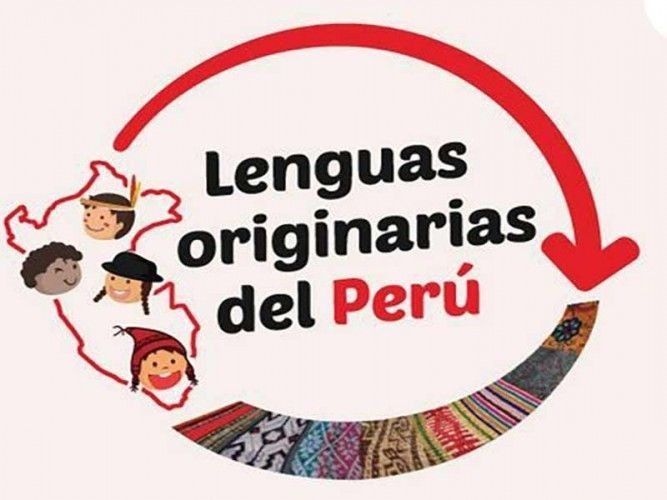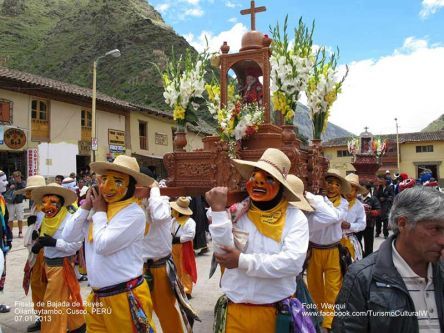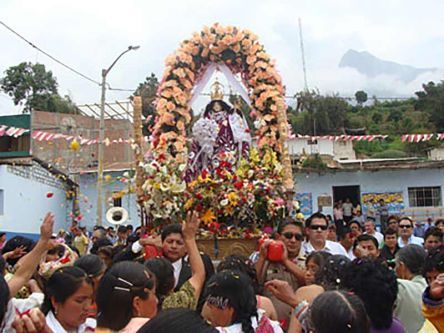Already since 1975 each year on May 27, Peru, a mega-diverse country that unites multiple peoples and indigenous tribes, cultural traditions and languages within its borders, proudly celebrates the Day of Native Languages.
Before the Spanish conquest in the early 16th century an assumed 300 to 600 different languages were spoken in the area from which today only 47 registered native languages are left; about a quarter of these are in immediate danger of extinction, many others are only spoken by a dozen or so people.
Spanish / Castellano in Peru
Peru’s official language is Spanish or Castellano as it’s known in Peru. About 85% of the Peruvian population speaks the language of the Spanish conquerors. It’s the primary language of the government, public institutions, schools and media.
However, according to the Peruvian Constitution, wherever predominant other native languages such as Quechua, Aymara or other native tongues have a co-official status.
Quechua
The second most common language in Peru is Quechua with its many dialects. Even though spoken in the Andean highlands long before the Incas came to power, today the language is mainly associated with the Inca Empire.
During the Spanish colonization, Quechua was oppressed and outlawed. And even though Peru recognized Quechua as the official language in 1975, the reservations against this beautiful, lyrical native language and its speakers remained.
Today the about 4 million native Quechua speakers, 13% of the population, most of them living in the Peruvian highlands, are still often stigmatized and associated with being poor, uneducated and even inferior.
In recent years, however, Quechua experienced a small revival. More and more people in Peru are proud of their heritage, including their native language. Here and there you find an increasing number of webpages, dictionaries, language courses and even news programs, shows and theater plays in Quechua.
Aymara / Aimara
Aymara (or Aimara), the third most common language in Peru, is spoken by only less than half a million people (about 1.7% of the Peruvian population) in the country mainly in the southern Peruvian highlands around Lake Titicaca and along the southern Bolivian border.
Other native languages in Peru
All other native languages combined are only spoken by less than 1% of the Peruvian population.
4 of the 47 registered native languages today are still spoken in the Andean highlands (Quechua, Aymara, Cauqui and Jaqaru); 43 of them such as Amahuaca, Ashaninka, Iquitu, Ocaina, and Shiipibo to name just a few in the Peruvian Amazon Basin. Unfortunately, only few people, and here mostly seniors, can still communicate in one of the native Amazonian languages; so, when they pass away, they take their knowledge with them and another native Peruvian language disappears.
Knowing about the importance of native languages, especially for the identity of a person or community, for a few years now, the Peruvian government tries hard to preserve the knowledge of indigenous languages and traditions. Next to celebrating the Day of the Native Language with exhibitions, speeches, shows and plays there are programs to encourage the usage of these native languages, to document as much as possible and even to work on dictionaries and grammar books with the last native speakers.






























